Air Drying vs Blow Drying: What’s Best for Your Hair
Jul 26, 2024 By Nancy Miller
When it comes to hair care, the debate between air drying and blow drying is ongoing. Each method has its own set of benefits and drawbacks, making the best choice dependent on factors like hair type, lifestyle, and personal preferences. Air drying is gentler, avoiding heat damage and maintaining natural texture, but it can be time-consuming and may cause issues like hygral fatigue if hair stays wet too long.
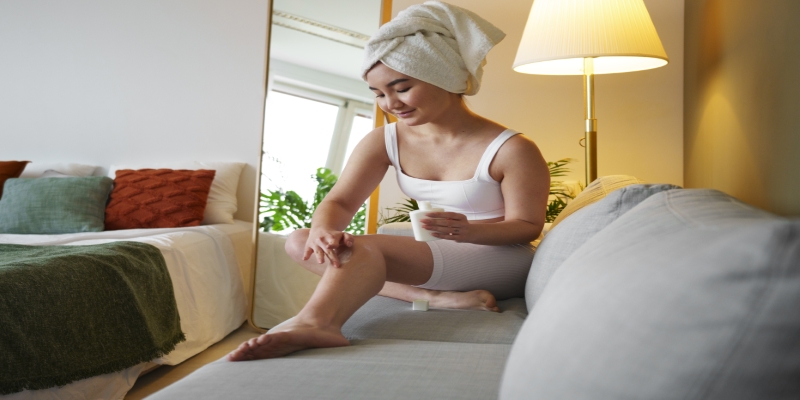
Blow drying is efficient and versatile for styling, adding volume and smoothness, but improper use of high heat can lead to dryness, brittleness, and breakage. Understanding these aspects can help you decide the best method for your hair care routine.
Understanding Air Drying
Air drying involves letting your hair dry naturally without the use of heat, which is often considered the healthiest option because it avoids potential heat damage. This method helps preserve natural moisture and prevents dryness and brittleness. However, air drying can be time-consuming and may lead to hygral fatigue, where hair weakens due to prolonged wetness.
Additionally, in humid climates, it can keep the scalp damp for too long, potentially causing fungal growth and irritation. While it maintains natural texture and is cost-effective, it requires proper techniques to minimize risks and achieve the best results.
Pros and Cons of Air Drying
Choosing the right drying method for your hair can have a significant impact on its health and appearance. Let's explore the pros and cons of air drying to help you make an informed decision.
Pros of Air Drying:
Prevents Heat Damage: Air drying avoids the damage caused by high temperatures from blow dryers and other heat-styling tools. Heat can weaken the hair cuticle, leading to dryness, brittleness, and split ends. By letting your hair dry naturally, you reduce the risk of these issues.
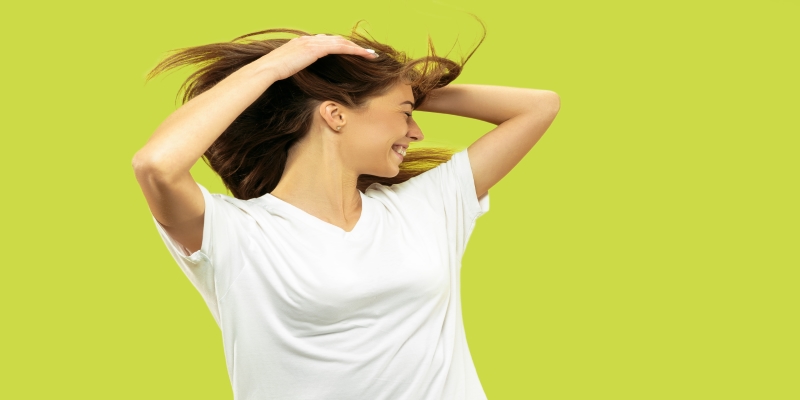
Cost-Effective: This method doesn't require any special tools or electricity, making it a cost-effective option. You save money on energy bills and avoid the expense of purchasing and maintaining a hairdryer.
Preserve Natural Texture: Air drying allows your hair to retain its natural texture and curly pattern. This can be particularly beneficial for those with curly or wavy hair, as it helps maintain the hair's natural shape and reduces frizz.
Cons of Air Drying:
Time-Consuming: The drying time depends on hair thickness and length and can be inconvenient if you need to style your hair quickly.
Risk of Hygral Fatigue: Keeping hair wet for prolonged periods can lead to hygral fatigue. This condition occurs when hair repeatedly swells and contracts as it absorbs and loses water, weakening its internal structure over time. This can make hair more susceptible to breakage and damage.
Scalp Issues in Humid Climates: In humid environments, air drying can keep the scalp damp for too long, leading to potential fungal growth and irritation. The prolonged dampness can also make hair appear flat and lifeless, as well as increase the risk of frizz and tangles.
Understanding Blow Drying
Blow drying uses a hairdryer to quickly remove moisture from the hair. This method is popular for its ability to speed up the drying process and facilitate various styling techniques, such as adding volume or creating curls and waves. However, improper use of high heat can lead to damage, such as dryness, brittleness, and split ends.
To minimize risks, its important to use a heat protectant, keep the dryer moving, and avoid the highest heat settings. Proper blow drying can enhance hair appearance while reducing the potential for damage.
Pros and Cons of Blow Drying
Blow drying is a popular method for quickly drying and styling hair. Understanding its advantages and disadvantages can help you decide if its the right choice for your hair care routine.
Pros of Blow Drying:
Speed: Blow drying is significantly faster than air drying, making it a convenient option for those with busy schedules. It allows you to dry and style your hair quickly, which is especially beneficial when you're in a hurry.
Volume and Style: Blow drying can add volume and help achieve various hairstyles, from sleek and straight to voluminous curls. It lifts the hair from the roots, giving it a fuller appearance and allowing for more versatile styling options.
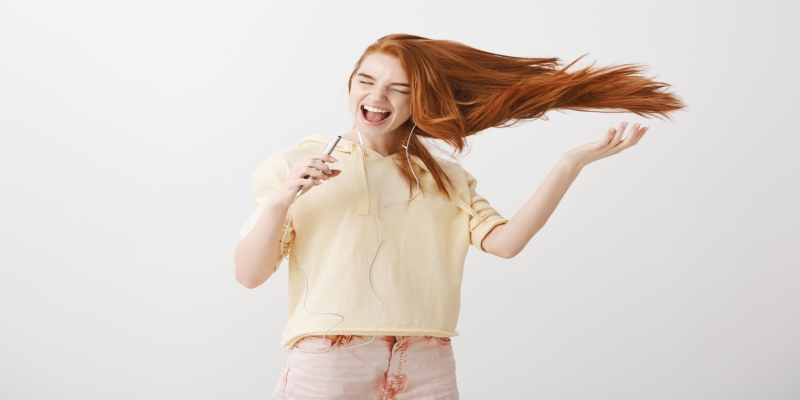
Smooth Finish: The heat from blow drying can smooth the hair cuticle, reducing frizz and giving the hair a polished, well-groomed look. This is particularly useful for creating a sleek, professional finish.
Cons of Blow Drying:
Heat Damage: Frequent use of high heat can damage the hair cuticle, leading to dryness, brittleness, and split ends. Excessive blow drying can weaken hair over time, making it more prone to breakage and reducing its overall health and shine.
Weakened Hair Follicles: Prolonged exposure to heat can harm the hair follicles, potentially causing hair thinning or loss. It's essential to use heat-protectant products and avoid using the highest heat settings to mitigate this risk.
Dullness: Frequent blow drying can deplete hair of its natural oils, leading to a dull and lifeless look. Over time, this can lead to dull, lifeless hair that lacks its natural shine and vitality.
Conclusion
Both air drying and blow drying have their place in a healthy hair care routine. Understanding your hair's needs and finding a balance between these methods is essential to minimize damage and keep your hair looking its best. Air drying preserves natural texture and avoids heat damage, while blow drying offers speed and styling versatility.
By combining the benefits of both techniques and adhering to best practicessuch as using heat protectants, microfiber towels, and proper drying techniquesyou can achieve healthy, beautiful hair without sacrificing convenience or style. Tailoring your approach to your specific hair type and lifestyle will ensure optimal hair health and appearance.
-
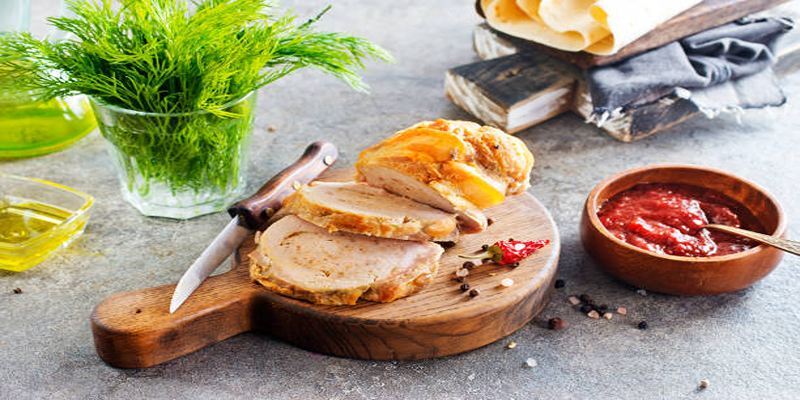 Jul 09, 2024
Jul 09, 2024Natural vs. Refined Sugars: What You Need to Know
Discover the difference between natural and refined sugars, their health impacts, and practical tips for reducing refined sugar intake for a healthier lifestyle.
-
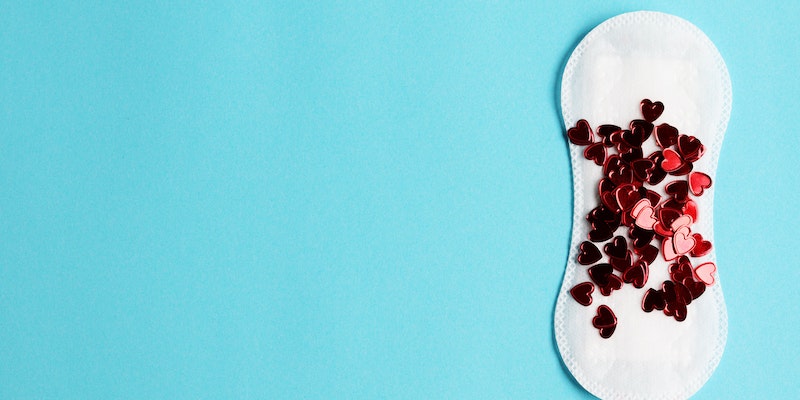 Dec 27, 2023
Dec 27, 2023Menstruation cycle and blood color, what helps with period cramps, late period, and all the facts you need to know.
A Quick Guide: 10 Must-Know Period Facts
-
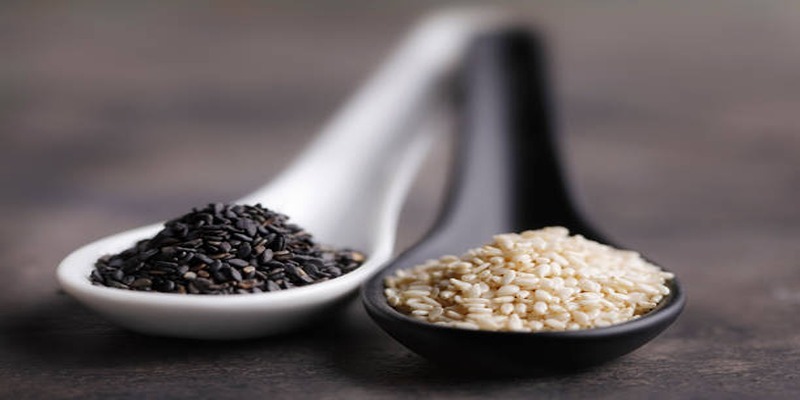 Jul 09, 2024
Jul 09, 2024The Magic of Black Sesame Seeds for Your Wellness
Discover the numerous health benefits of black sesame seeds and learn delicious ways to incorporate them into your diet for a boost in nutrition and immune support.
-
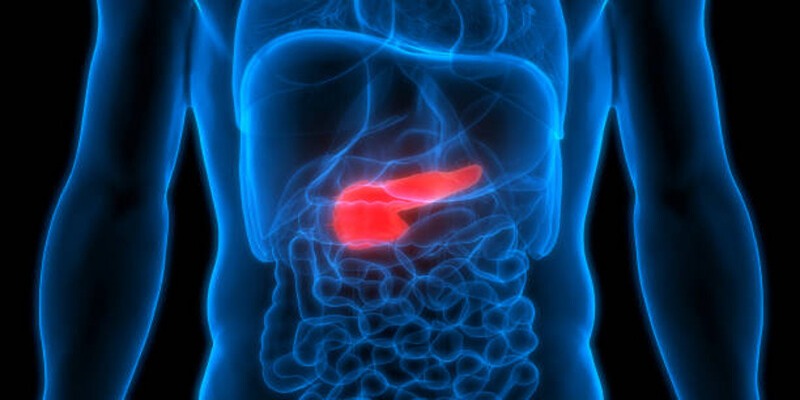 Jan 24, 2024
Jan 24, 2024Crucial Indications of Pancreatic Cancer You Should Not Ignore
This offers a comprehensive guide on pancreatic cancer, highlighting its symptoms, diagnostic processes, risk factors, prevention methods, and the importance of regular medical check-ups.
